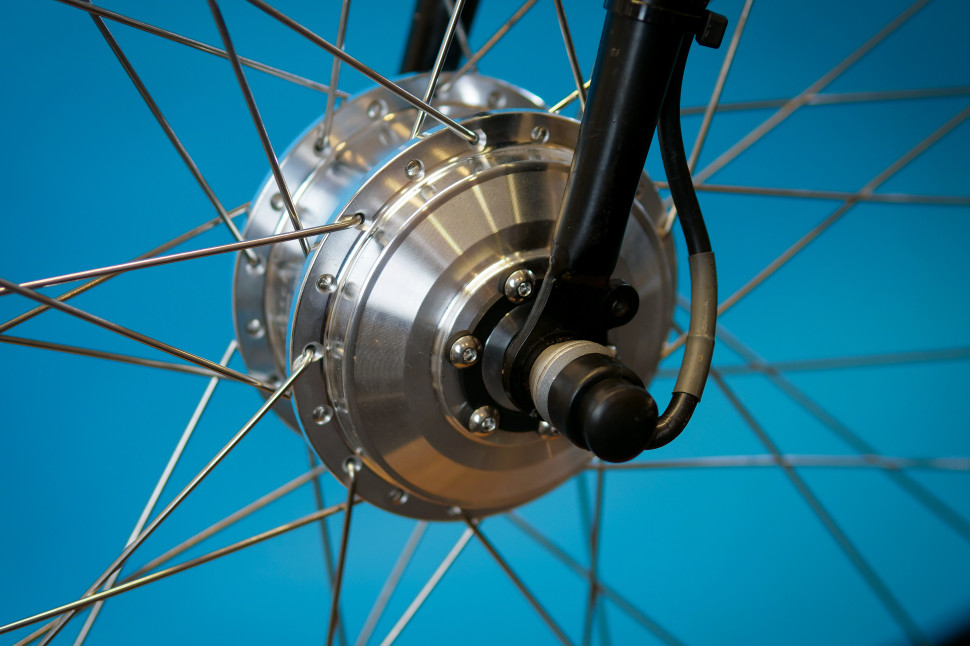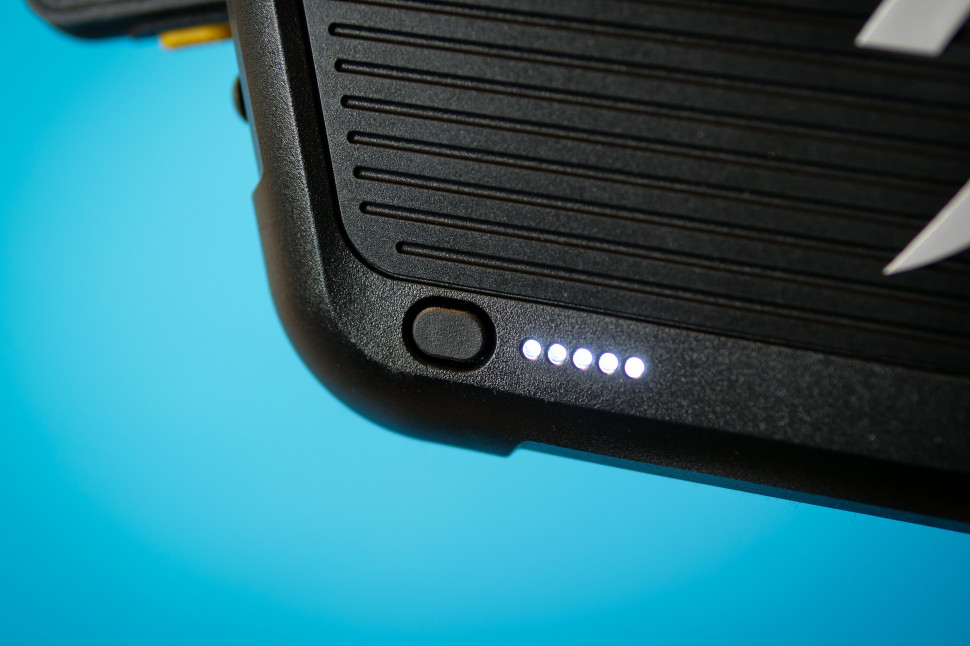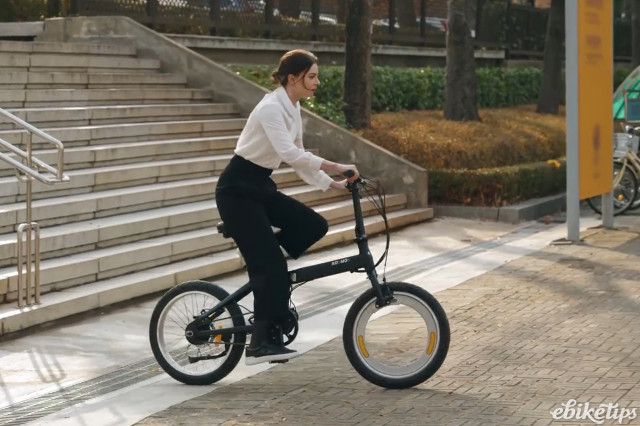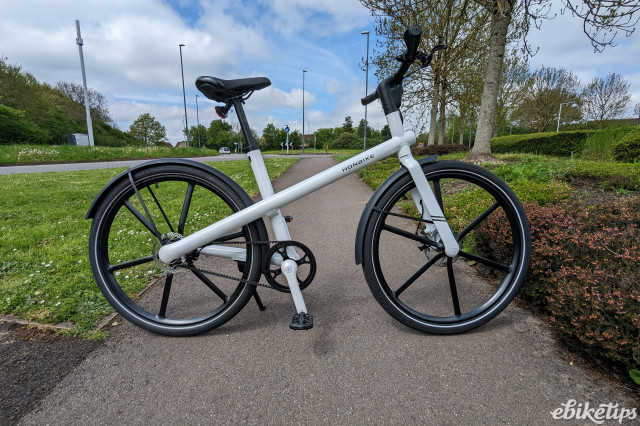This week we announced that the new Swytch GO kit was available for preorder on the Swytch website. If you put your name down you're looking at a wait of a few months to get that sweet discount on full RRP, but luckily Swytch managed to get us one of the first production kits to have a ride on. So that's what we did!
What's different?
The main difference to previous kits from Swytch is that the GO kits use a frame-mounted battery: you just velcro it on and off. There's less enginieering involved with that than the clever clamp system on the Swytch Air, and consequently it's a bit cheaper. It's not quite as easy to get the battery on and off, but it's not exactly hard: unplug one lead and undo three straps and you're there.
Talking of battery, the GO system comes in three battery sizes:
- GO 187Wh, up to 20 miles of range
- GO+ 280Wh, 30-40 miles
- GO++ 378Wh, 45-60 miles
We have the mid-range GO+ system in to play with.
How easy is it to fit?
Very easy! The wheel slotted straight in and the articulated pedal sensor, which zip-ties to the back of your crank, makes it very easy to get everything in position. As with any conversion kit that's designed to fit a range of bikes you'll end up with a bundle of extra lead somewhere, but I just zip-tied mine to the underside of the stem where I promptly forgot about it. In the end I fitted this kit three times, and when I had to do it against the clock I managed it in under nine minutes. Even if you're all thumbs it shouldn't take you more than an hour.
What's the assistance like?
The motor system has five levels of assistance if you're using the display; without a display it deafults to level 3 so you'll miss out on a bit of help on the steeper stuff. Motor power is good, this is no high-power mid drive but it's comparable with other motors at the cheaper end of the scale, and it's quiet and feels well made. I found it would assist me without any effort up to about a 4% gradient, then I'd have to help out, and above 10% you're adding a decent chunk of Watts from your legs. I never found my benchmark commuting hill (1.5km at 5% average with a 12% section) a struggle though. The motor cuts out at 25km/h like all legal ebike should in the UK, although often it doesn't kick back in until you've dropped to about 20km/h, so if you've dropped into a dip and you want to climb out the other side, sometimes you're left waiting for help a bit.
What's the range like?
I've put about 100 miles into the Swytch GO+ and I think I've now charged it four times, so I'm averaging about 20 miles between charges which is less than the 30-40 miles Swytch claims. That's no surprise though: I'm nearly 100kg and Bath is pretty lumpy, so I never get anywhere near manufacturers' stated ranges. Suffice to say it's plenty for booting round town with the odd longer ride thrown in. Like most cheaper system the load on the battery affects how the display will show the charge: as you start climbing a steep hill with a lot of load on the motor, you'll often drop a couple of bars and get one back when the gradient eases off. It's no worse than others I've tried though, even if it does introduce a bit of range anxiety at times.
Final thoughts
I fitted this to a bike I picked up for £50 on Facebook marketplace, and the pre-order price for the GO+ kit is currentlt £399, so I'm comfortably under £500 for the bike in the pics. You can get ebike that cheap but they're not generally good; ironically it's often not the motor system that lets them down but the standard bike bits: weird geometries, substandard parts and poor ride feel are common. Here I'm riding what is a very decent commuter bike with a very decent motor system, so if you're on a budget – especially if you already have a bike you could fit a kit to – it's definitely a better way to get electrified.










